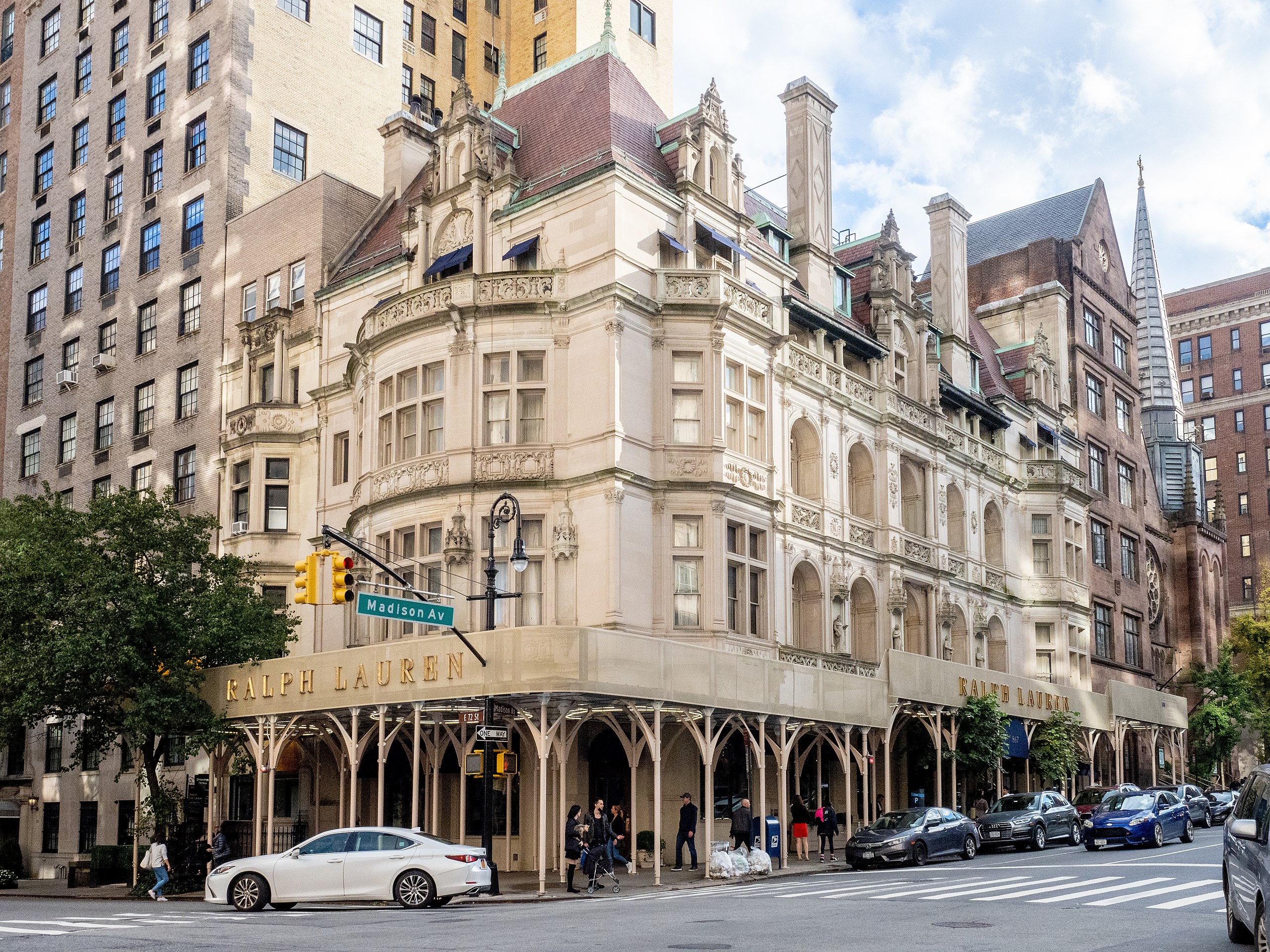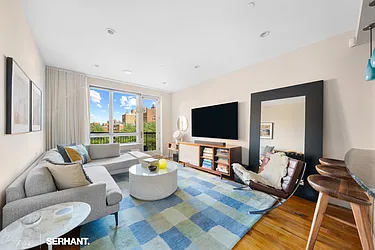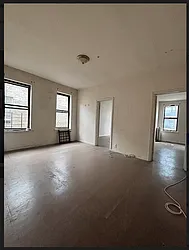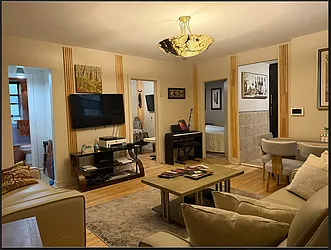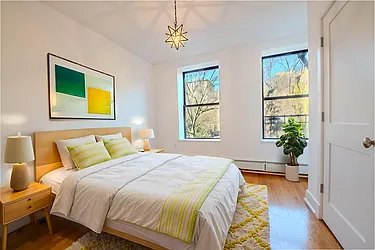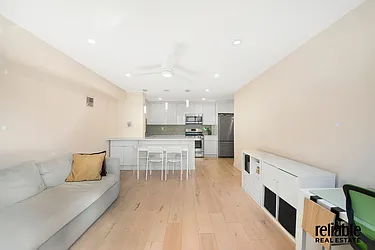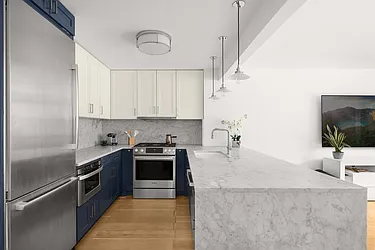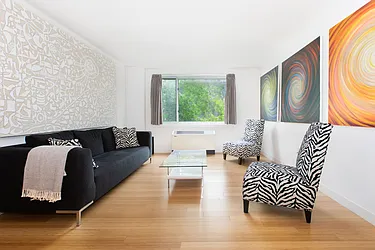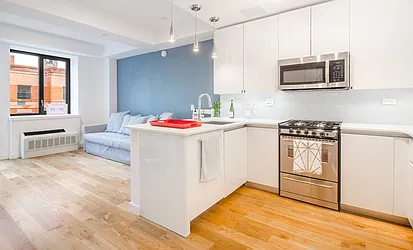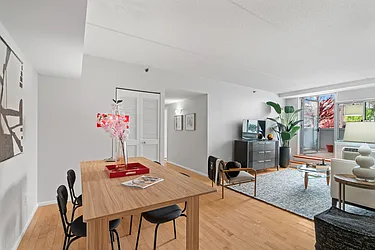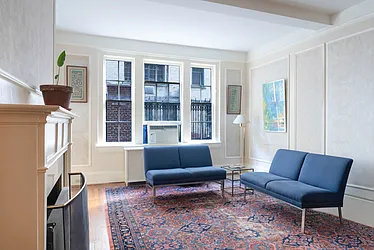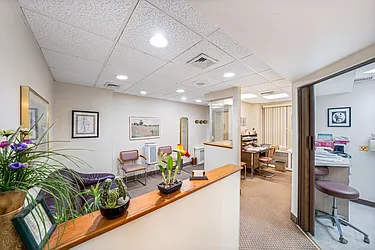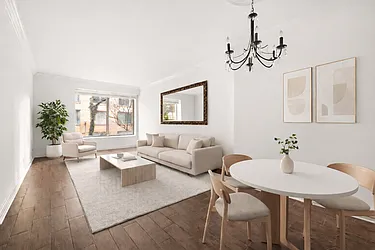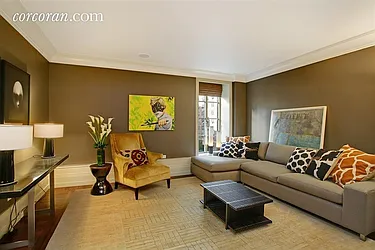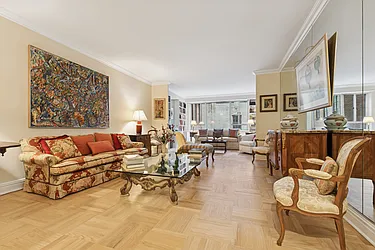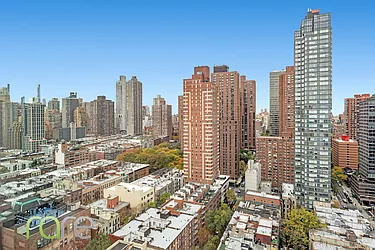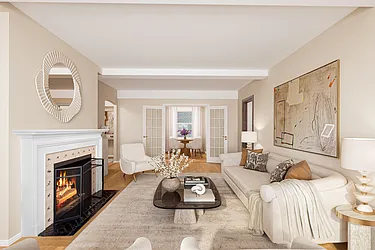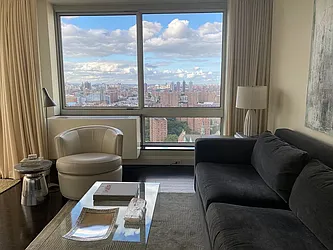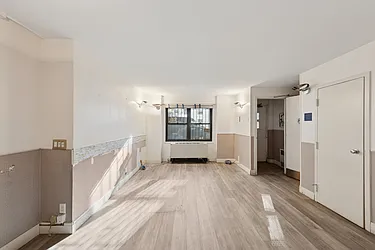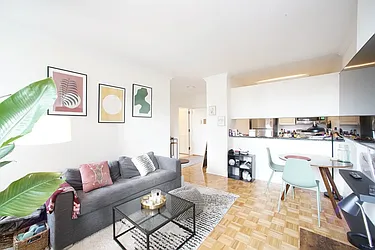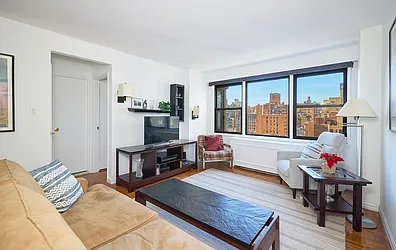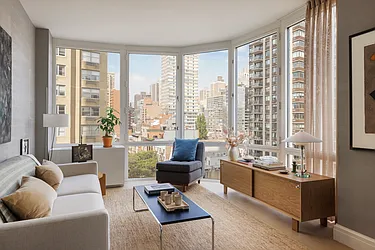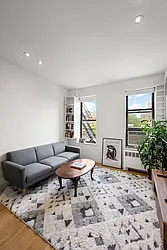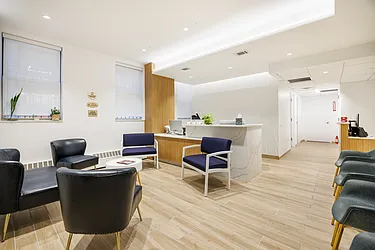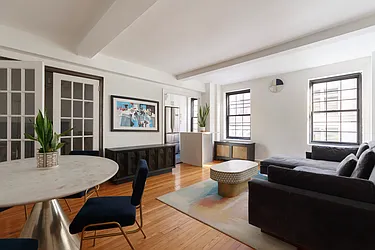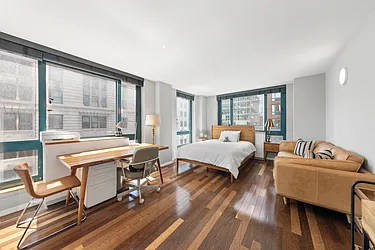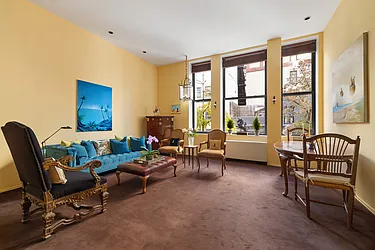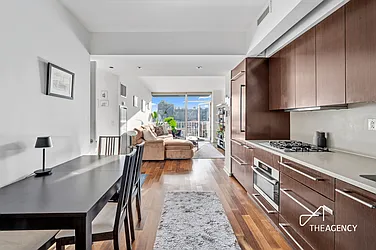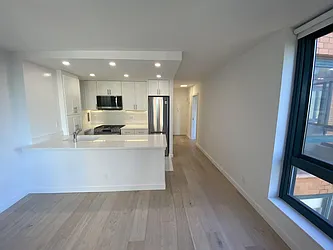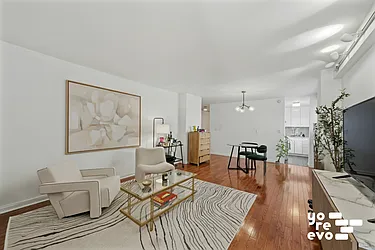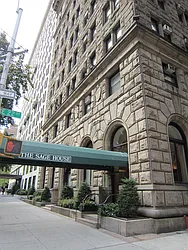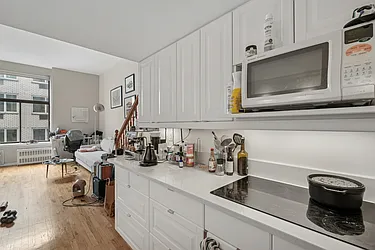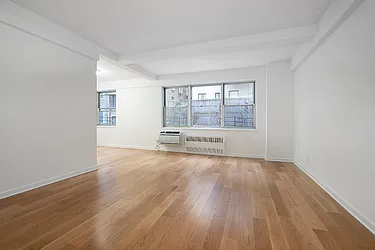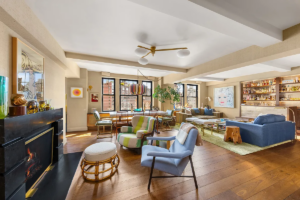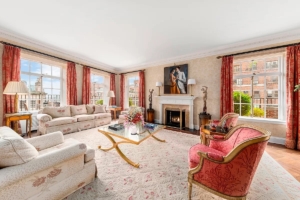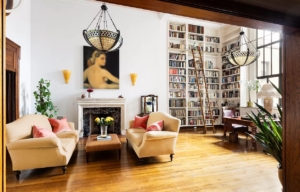Clearly, New York City is no stranger to unbridled luxury, as the real estate that flanks Billionaire’s Row will attest. But for a lucky few New Yorkers of centuries past, the homes were so sumptuous that they made everything we saw while binge-watching “The Gilded Age” in our sweatpants look like a gilt shantytown. But what gives these historic mansions in New York the “mansion” title?
“Everyone has a different opinion of what constitutes a ‘mansion,’” notes Keith Taillon, the New York City historian and tour guide behind Keith York City, as well as a captivating Instagram account that all history obsessives should follow right this second. “To me, a mansion is simply a large, often well-designed, luxuriously outfitted home.” Key word: luxurious.
For Justin Rivers, Chief Experience Officer of Untapped New York, historic mansions in New York were “only as good as your staircase” (and he’s not wrong, as just one glance at the Neue Galerie’s 1914 Beaux-Arts marble staircase will attest). To come up with our list of the most beautiful historic mansions in New York, we asked tour guides for their most eye-candy favorites. So clutch your pearls, dahling… and follow us back in time as we (jealously) peer into how the upper crust lived.
Hamilton Grange National Memorial
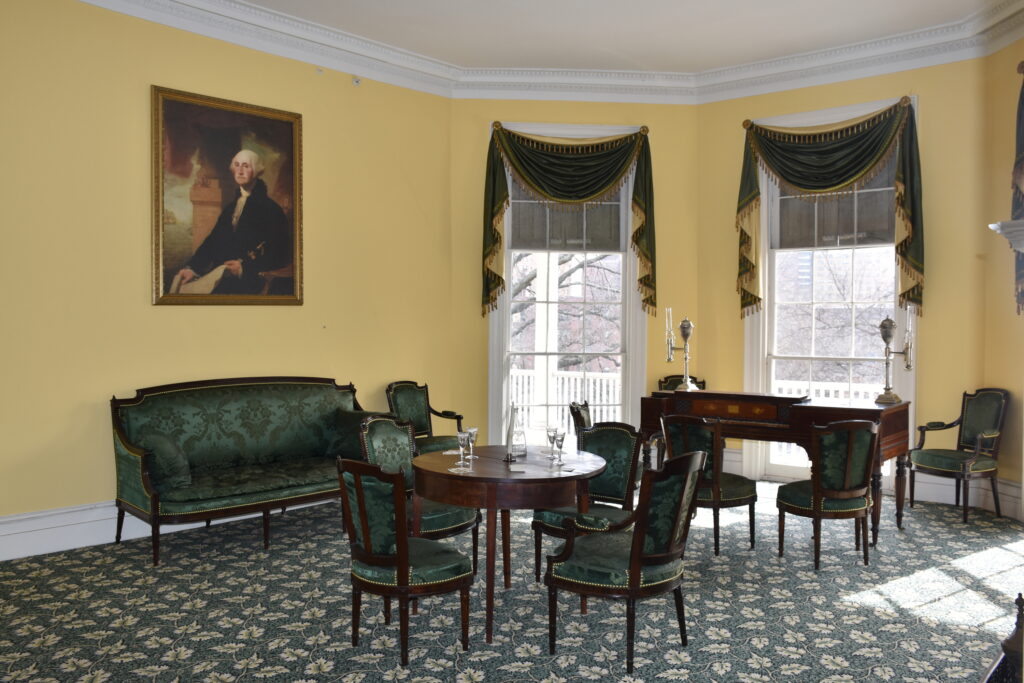
Yes, that Hamilton lived in what’s now known as Hamilton Grange National Memorial, tucked within St. Nicholas Park on the outskirts of Harlem.
“The Grange was built by Alexander Hamilton and is a perfect example of the way wealthy, landed New Yorkers lived at the turn of the 19th century,” says Taillon, who is slated to be featured as a guest on The Gilded Gentleman podcast in April.
“It is symmetrical, simple, and wooden, with deep porches on its sides which would have once afforded sweeping views over the plains of Harlem. As Harlem grew in the 19th century, the Grange was quickly surrounded by modern brick and stone townhouses, enduring as a rare survivor of an era of rural gentility that has otherwise been swept from the island by progress.”
Harlem Homes Under $1M on StreetEasy Article continues below
In 2008, one of the most historic mansions in New York was moved for a second time to its current perch; it’s now run by the National Park Service and completely free to visit and tour—which would make the nation’s first U.S. Secretary of the Treasury happy. Don’t miss the pianoforte in the parlor which Hamilton played with his daughter Angelica (also made famous in Lin-Manuel Miranda’s musical), as well as a brunch at nearby Caribbean restaurant The Edge Harlem, where dishes include coconut fish burgers and jerk chicken salad.
Ukrainian Institute of America
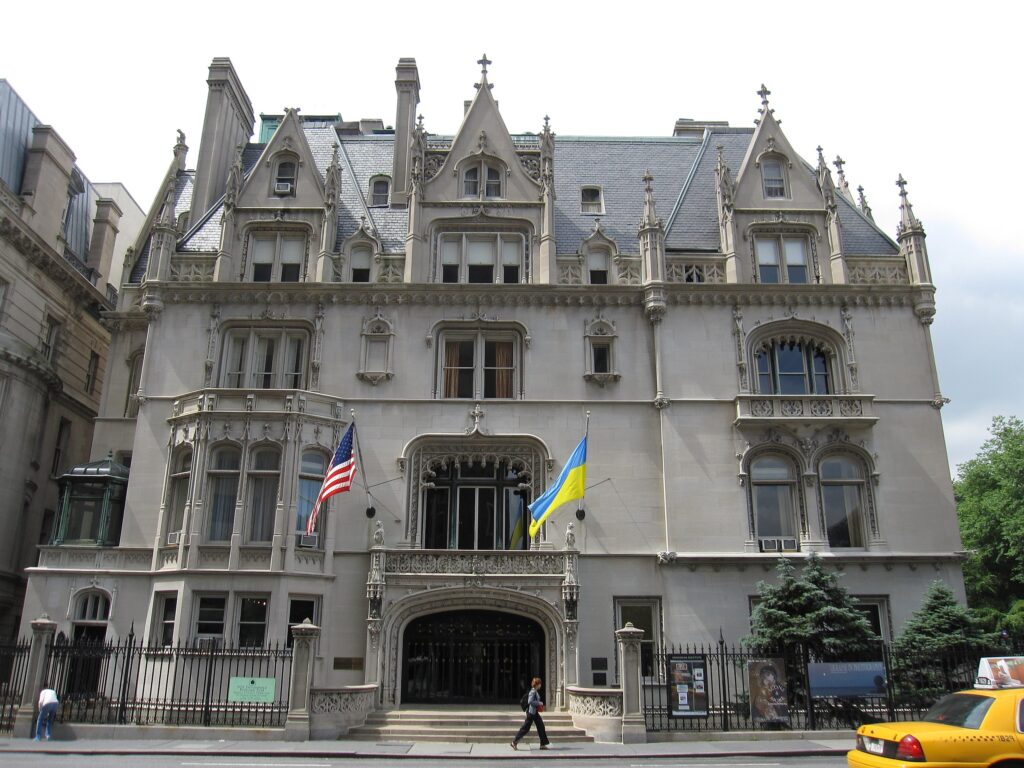
“It is so hard to pick my favorite mansion — they’re all so beautiful and interesting!” says Emma T.K. Guest-Consales, Ph.D., President of the Guides Association of New York City (GANYC) and guide for Bowery Boys Walks.
But this circa 1897 French Renaissance-style stunner adorned in Gothic arches and spires on East 79th Street and Fifth Avenue is one of Guest-Consales’ go-to historic mansions in New York: “It was built for the American industrialist and art collector, Isaac D. Fletcher, and designed by the Gilded Age architect C.P.H. Gilbert in a marvelously exuberant and eclectic French Renaissance style.”
The Upper East Side home — later owned by everyone from the Metropolitan Museum of Art to oil baron Harry Sinclair — was sold in 1955 to the Ukrainian Institute of America.
Upper East Side Homes Under $1.5M on StreetEasy Article continues below
“People who are walking by the building should notice the fantastic carvings around the windows and doors, especially around the main entrance on East 79th Street.” Guest-Consales is quick to note that the home is often open to the public, unless the Ukrainian Institute of America is having a private event.
“You can see the interior of an actual Gilded Age mansion, including the original wood paneling when you enter the building, as well as original features like marble fireplaces and beautiful coffered ceilings.”
Ascend the stairs to see some of the smaller rooms, including one where old photos of the home as a residence are displayed in all their megawatt glory. The nonprofit is in very good company, as far as historic mansions in New York are concerned: its illustrious nearby neighbors include The Frick Collection, housed in the circa 1912 residence of industrialist Henry Clay Frick that’s really (ahem) fricking gorgeous.
139 Greene Street
Built in 1825, this Federal-style abode (and reportedly former brothel) “may not look like much today, but when it was constructed, it would’ve been the height of comfort and refinement in what was then the city’s newest and loveliest suburban district,” Taillon says, adding that the land now called SoHo was once a swamp created by freshwater springs.
“At the turn of the 19th century, to allow for New York’s northward growth above Chambers Street, a canal was dug through the swamp to drain it into the Hudson.” That waterway smelled about as great as you’d imagine a “Gangs of New York”-era tenement outhouse might, so the powers that be covered it up and named it — yup, you guessed it — Canal Street.
Soho Homes Under $1M on StreetEasy Article continues below
“Commerce and industry pushed in, and most of the older houses there were demolished to make way for shops and factories,” Taillon says. “In the mid-20th century, when even commerce and industry had abandoned the area, it attracted artists and other creatives who sought the light and ample space offered by the old lofts. And so, SoHo and Tribeca were born as some of the city’s first gentrified neighborhoods. Through all of that, 139 Greene has held on as a shockingly intact reminder of what SoHo was long before SoHo even existed.”
The French Cultural Institute
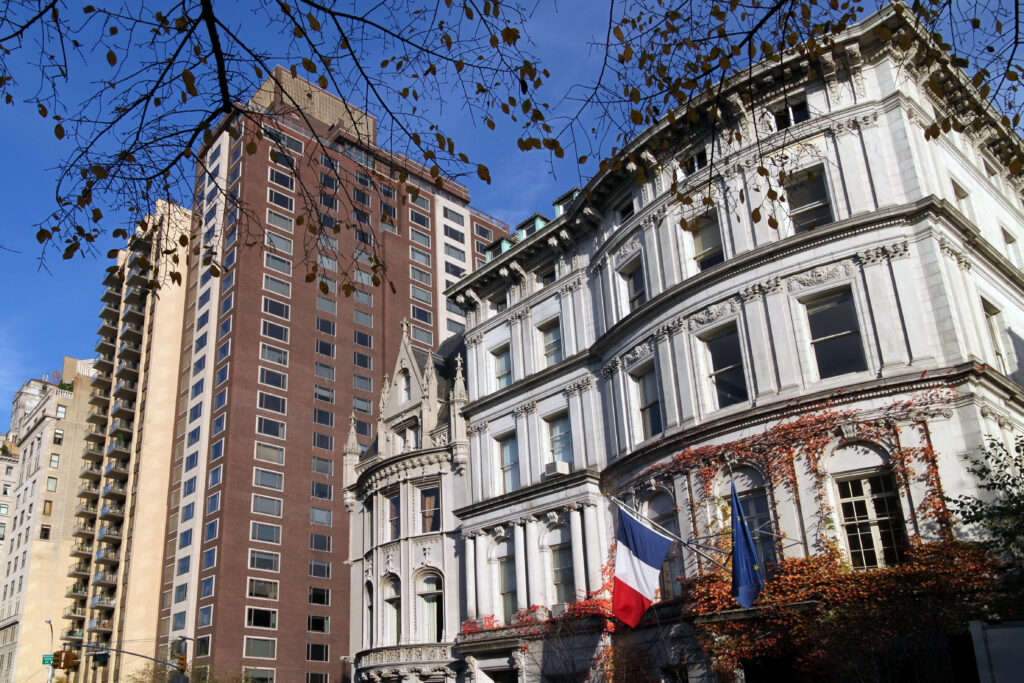
You may have spotted this highly Instagrammable respite on social media, as it’s home to one of the most aesthetically stunning bookshops on earth: Albertine, where the ceiling practically glows with stars. But Rivers of Untapped New York is starry eyed about the 1909 Italian Renaissance-style building itself, known as the Payne Whitney Mansion.
Designed by then-starchitect Stanford White, this pride of the Upper East Side “was a beautiful home that was converted into the French Cultural Institute in the late 1950s,” Rivers says.
Just off Museum Mile, step inside the marble rotunda — a.k.a. the faaancy foyer — and you’ll spy a statue White picked up in Italy believed to be a Michelangelo original. Keep walking and you can step into the mirror-lined “Venetian Room,” which was inspired by Versailles’ Baroque Hall of Mirrors and currently stocked with Meissen porcelain (Queen Elizabeth II was a fan).
The best part of this one in particular among all of the historic mansions in New York? “The public can interact with these spaces pretty easily without being stopped,” Rivers says. “Most of these houses are shut up from the outside.”
19 Gramercy Park South
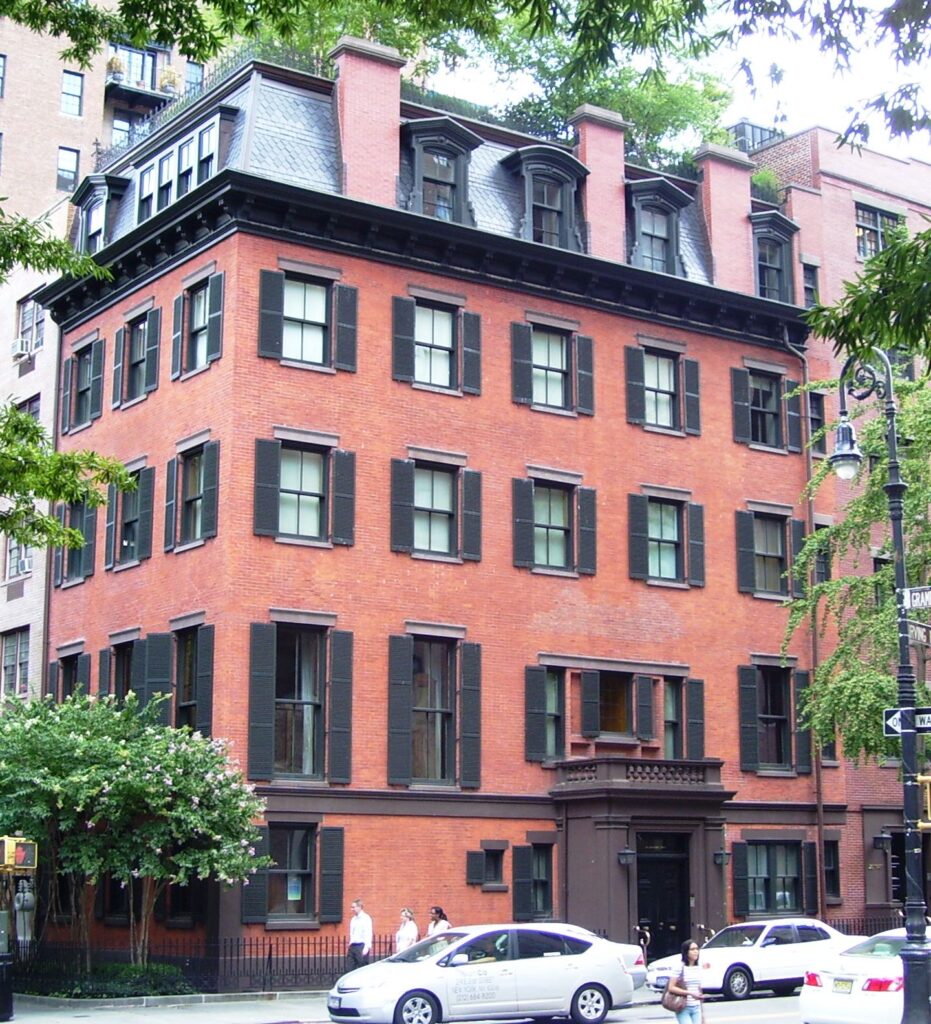
This storied abode flanking the two-acre private Gramercy Park was originally built in 1845, but got a major ‘glow up’ — as historic mansions in New York go — in 1887.
But “strip away its Victorian ornamentation (its mansard roof, shutters, wrought-iron trim, and brownstone entryway) and 19 Gramercy Park is a terrific example of the architectural simplicity which dominated high society in the years leading up to the Civil War,” Taillon says. “Its later elaboration speaks volumes about the changing tastes of New York’s wealthy residents in the postbellum era, as new-money excess became the norm even among the older, more pedigreed families.”
Gramercy Park Homes Under $2M on StreetEasy Article continues below
The aforementioned architect Stanford White — who was murdered during a notorious 19th century scandal, a story for another day — revamped the home in 1887 for railroad kingpin Stuyvesant Fish and his wife, Gilded Age socialite Mamie Fish.
“The fact that the Fish, who could’ve lived anywhere at the time, chose to live on Gramercy Park in the 1880s also speaks volumes about the staying power of Gramercy Park itself,” Taillon notes. “Conceived by Samuel Ruggles in the 1830s, the park is cooperatively owned by the residents who live around it. With the park at its heart, the neighborhood has remained a highly sought-after, exclusively residential district for nearly 200 years, a feat unmatched by any other 19th century neighborhood in the city.”
10 St. Nicholas Place
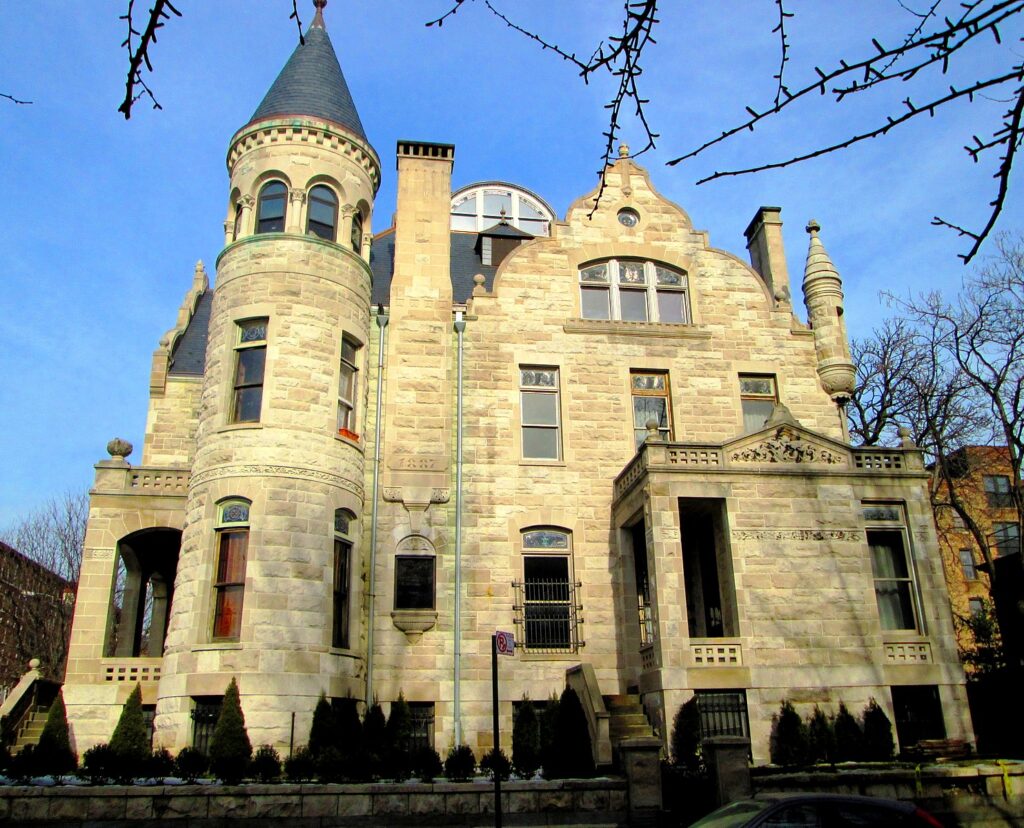
Of all the historic mansions in New York, this Harlem abode — built in 1888 for James Bailey, the scion of the “Barnum & Bailey” circus fortune — is particularly in tents (get it?).
“While the Vanderbilts were busily constructing their now-demolished row of mansions on 5th Avenue south of Central Park, a plucky little cluster of mansions was rising in the northern reaches of Harlem,” Taillon says, noting that these owners longed to be near the Harlem Speedway for horse races.
“The grandest of these to survive is the James Bailey Mansion, which stands at the corner of St. Nicholas Place and 150th Street. Built on a rise above the sidewalk, the home is Victorian grandeur at its finest, with elaborate stained-glass windows, a pointed corner tower, and stunningly intact woodwork inside.” The only things it lacks? A tightrope.
867 Madison Avenue
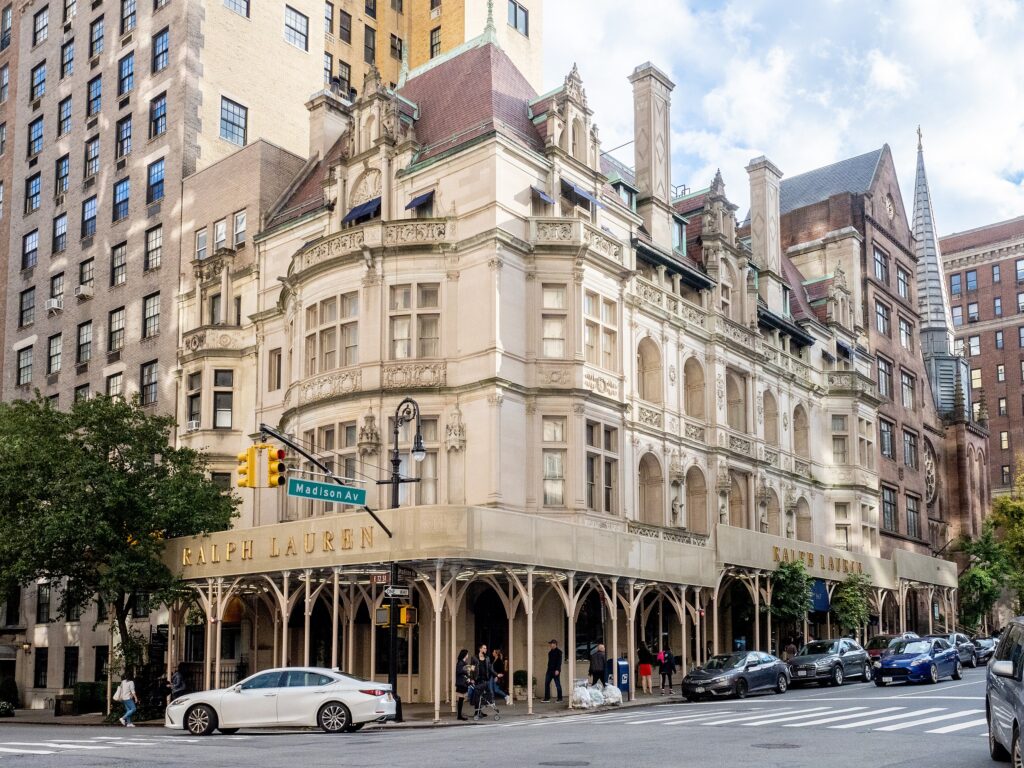
Arguably the most head-turning of all the historic mansions in New York, this French Renaissance revival is well-known among the city’s most dapper denizens as one of the Ralph Lauren flagships.
“The house is insane, but what’s even more insane is the story about Gertrude Rhinelander Waldo, who built the house and never stepped foot in it,” Rivers says. After her husband’s death, sweet heiress Gert “lived in her sister’s fairly dour brownstone across the street, but spent millions importing artifacts, draperies and decorations from Europe” for her glam real estate investment.
Today, shoppers can ascend the stairs and see many of the home’s original salons and smaller antechambers—all incredibly detailed, and now the ultimate Old Money backdrop for a Ralph Lauren store.
